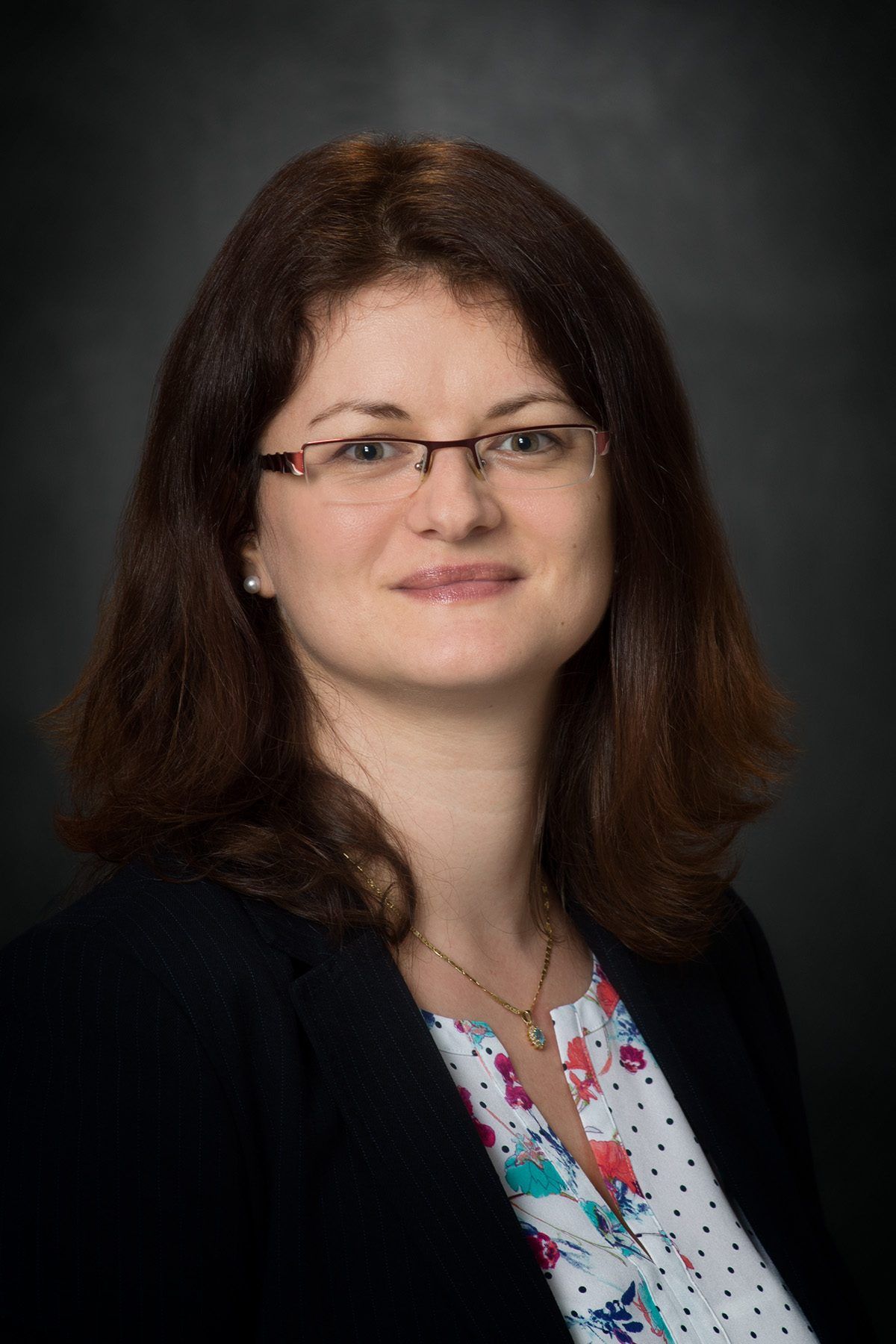Survival Rates for Myelofibrosis Have Increased Over the Last Two Decades
JAK inhibitors, such as Jakafi (ruxolitinib), have helped improve outcomes and survival of patients with the rare blood cancer.
Over the last decade, there has been an increase in survival for patients with myelofibrosis, especially among older patients, according to a recent analysis of survival trends within one hospital system published in the journal Cancer.
Masarova

Investigators at the University of Texas MD Anderson Cancer Center conducted a retrospective analysis of almost 850 patients who were diagnosed with myelofibrosis who were treated at the center between 2000 and 2020. They found an improved median survival for those treated between 2011 and 2020 (63 months) versus those treated between 2000 and 2010 (48 months).
Patients who were treated with Jakafi (ruxolitinib), which was approved by the FDA as a treatment for myelofibrosis in 2011, had superior survival compared with other treatments, investigators found.
Myelofibrosis is a rare type of blood cancer characterized by the buildup of fibrosis in the bone marrow. As scar tissue increases, the blood stem cells in the bone marrow don’t have a chance to mature properly. The liver and spleen begin to make blood cells, making up for the limited amount of blood coming from the bone marrow. Patients experience an enlarged spleen and anemia. Some patients have no symptoms early on. Median survival for patients with myelofibrosis is between four and five and half years.
Myelofibrosis is one of a group of blood cancers known as myeloproliferative neoplasms (MPNs) in which bone marrow cells that produce blood cells that develop abnormally.
For advanced primary myelofibrosis, the Jakafi is the therapy of choice, according to the Merck Manual. The main adverse effects of Jakafi are anemia and low blood platelet levels.
The M.D. Anderson research team led by Lucia Masarova, M.D., evaluated the outcomes of 844 patients who were treated with “best myelofibrosis directed therapy,” excluding those who received stem cell transplants.
In addition to finding that patients were living longer, Masarova and her colleagues found that the median overall survival rate of patients, ages 60 to 69, improved. Their analysis also showed that twice as many patients treated between 2000 and 2010 died within the first five years from diagnosis compared with those the 2011-2020 period.
Although the study objective was not to analyze the outcomes from specific medications, investigators said the overall survival of patients treated with Jakafi was two times and nine times higher compared with other medications. “The results of our study strongly emphasize the tremendous impact of JAK inhibitors in prolonging the survival of patients with myelofibrosis in the last decade,” they said.
This study has the limitations of any study done at single center, chief among them is the findings might not be generalizable to patients elsewhere. Masarova and her colleagues also noted the lack of molecular data for patients from 2000 to 2010. Almost 70% of patients in the 2011-2020 period underwent next-generation sequencing, which showed that 42% of patients had high-risk mutations.
Conversations With Perry and Friends
April 14th 2025Perry Cohen, Pharm.D., a longtime member of the Managed Healthcare Executive editorial advisory board, is host of the Conversations with Perry and Friends podcast. His guest this episode is John Baackes, the former CEO of L.A. Care Health Plan.
Listen
Why Better Data and Awareness Matters for Medicaid Work Requirements
April 17th 2025With policymakers considering work requirements for Medicaid eligibility, Jennifer Haley, principal research associate in the Health Policy Division at the Urban Institute, said it’s more important than ever to understand how those changes could unintentionally cause harm, particularly when data systems fall short and public awareness is limited.
Read More
Breaking Down Health Plans, HSAs, AI With Paul Fronstin of EBRI
November 19th 2024Featured in this latest episode of Tuning In to the C-Suite podcast is Paul Fronstin, director of health benefits research at EBRI, who shed light on the evolving landscape of health benefits with editors of Managed Healthcare Executive.
Listen
Medicaid Expansion Linked To Timelier Lung Cancer Surgery and Access to High-Volume Hospitals
April 17th 2025New research shows that Medicaid expansion was linked to a 2.1% increase in timely lung cancer surgeries and a 2.8% rise in procedures at high-volume hospitals, highlighting how policy changes can impact cancer care access.
Read More